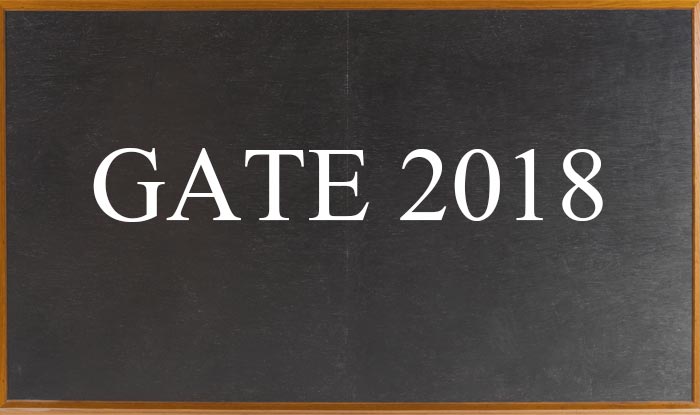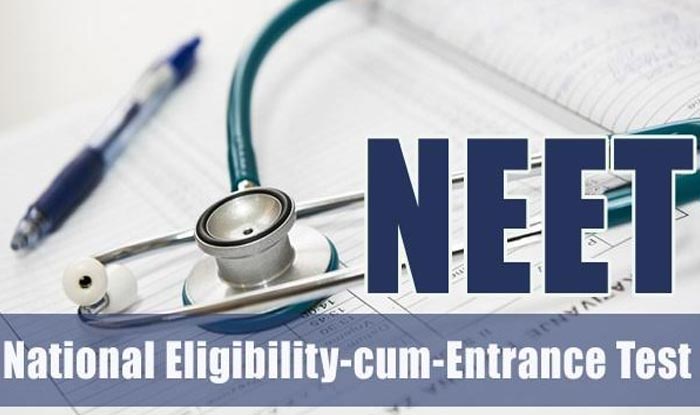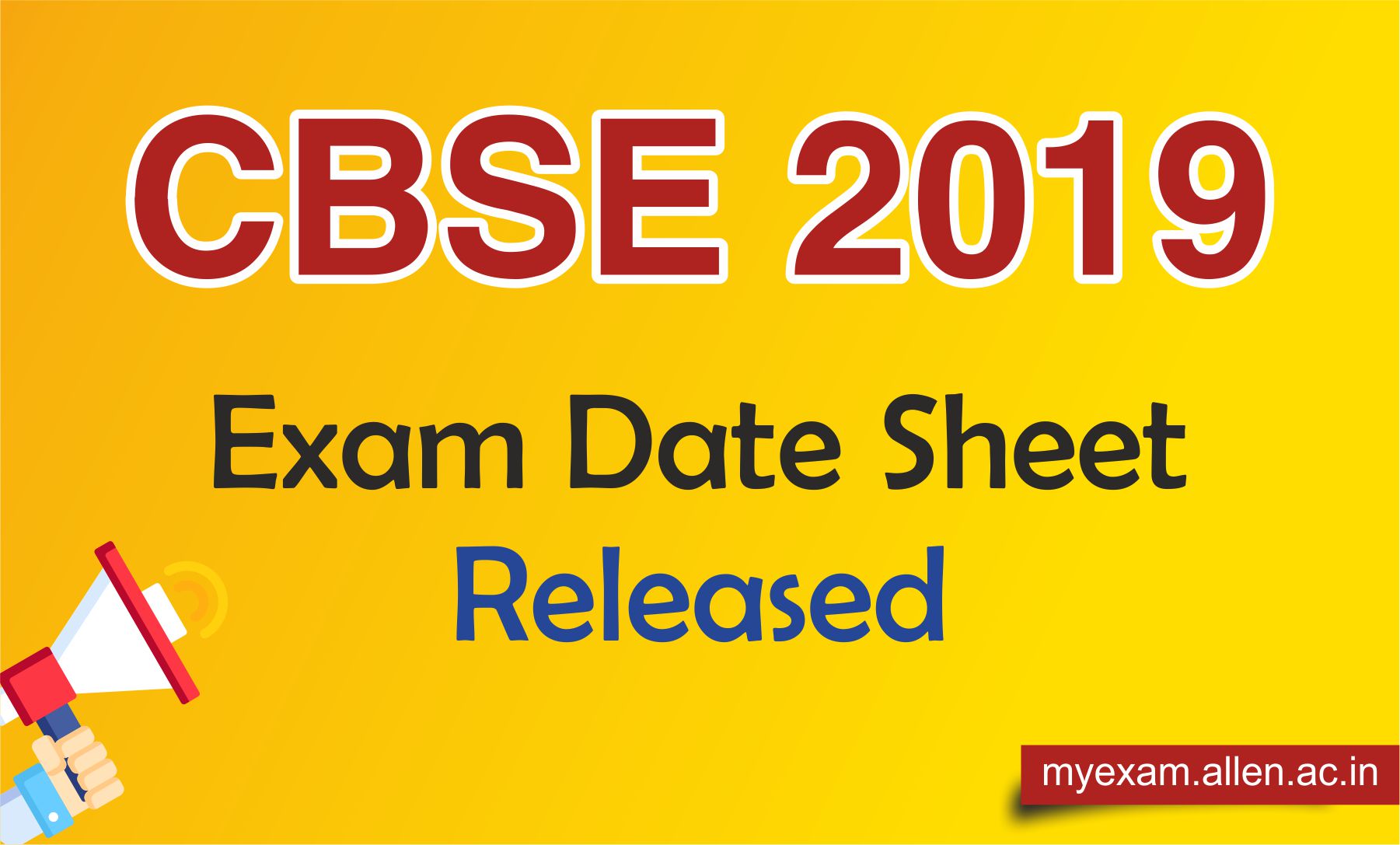Aliskiren, the first oral direct renin inhibitor, received Food and Drug Administration approval for the treatment of hypertension in March 2007. As direct renin inhibitors constitute the first new class of antihypertensive drug introduced in over a decade, aliskiren’s development and pharmacology have been reviewed in detail. In addition, most studies examining the drug’s effect on blood pressure and plasma renin have been extensively reviewed and critically evaluated. In contrast, this article addresses the premise, promise, and potential limitations of the new type of renin-angiotensin system inhibitor for hypertension.
WHY DO WE NEED ANOTHER RENIN-ANGIOTENSIN SYSTEM INHIBITOR
The renin-angiotensin system is one of the most important pharmacologic targets for hypertension. Angiotensin converting enzyme inhibitors (ACE Inhibitors) and angiotensin receptor blockers (ARBs) are moderately effective blood pressure-lowering agents that prevent hypertensive complications with minimal side-effects. Aldosterone receptor blockers are effective adjunctive therapy for difficult hypertension of diverse etiology. So why do we need another class of renin-angiotensin system inhibitor in hypertension.
A large body of basic research suggests that renin-angiotensin system inhibitors should exert cytoprotective effects in target tissues, providing greater end organ protection than other classes of antihypertensive agents that yield comparable reductions in blood pressure.
However, clinical trials testing for ancillary blood pressure-independent benefits of reninangiotensin system inhibitors have yielded mixed results in part because ACE Inhibitors and ARBs do not produce complete renin-angiotensin system inhibition. By achieving more complete renin-angiotensin system inhibition, direct renin inhibitors may afford greater protection from hypertensive complications. The outcomes of clinical trials are eagerly awaited.
THE RENIN ANGIOTENSIN SYSTEM IN HYPERTENSION AND CARDIOVASCULAR DISEASE
The renin-angiotensin system constitutes a short-term defense mechanism against hypovolemic hypotension. For example, when blood pressure falls due to dietary sodium restriction, renin is secreted from the juxtaglomerular cells, the sole site of renin synthesis and release. The enzymatic cleavage of angiotensinogen by renin is the rate-limiting step in the formation of angiotensin II, which elicits angiotensin II type 1 receptor-mediated vasoconstriction and aldosterone release causing renal sodium retention. These compensatory adjustments restore blood volume and blood pressure, which in turn cause feedback suppression of renin secretion. Additionally, angiotensin II itself causes feedback inhibition of renin secretion by acting on angiotensin II type 1 and angiotensin II type 2 receptors on the juxtaglomerular cells.
When dietary sodium is plentiful, the renin-angiotensin system should be continually suppressed and any degree of activation is inappropriate. In numerous rodent models of hypertension and atherosclerosis, inappropriate persistent angiotensin II type 1 receptor stimulation in target tissues drives downstream intracellular signaling pathways that culminate in the production of reactive oxygen species, endothelial dysfunction, vessel inflammation, cellular hypertrophy, and tissue fibrosis, as well as the release of aldosterone and norepinephrine, which further fuel the vasculopathy . Thus, augmented angiotensin II type 1 receptor-mediated signaling provides an attractive mechanistic explanation for the frequent coexistence of elevated blood pressure with insulin resistance and atherosclerosis in patients. The excessive renin-angiotensin system activation not only elevates blood pressure but also can accelerate detrimental effects of the excessive hemodynamic load on target tissues expressing angiotensin II type 1 receptors. As these detrimental effects can be abrogated by
renin-angiotensin system inhibition at least in rodents angiotensin II type 1 receptorsignaling constitutes a major therapeutic target for interrupting every step in cardiovascular disease progression from vascular remodeling and atherosclerotic plaque progression to myocardial infarction, stroke, and death. Despite a wealth of data from hypertension treatment trials, there still are large gaps in our understanding of the extent to which these basic science concepts can be translated to the clinical setting.
RENIN-ANGIOTENSIN SYSTEM INHIBITION FOR GREATER CARDIOVASCULAR PROTECTION
For patients with left ventricular systolic dysfunction and heart failure, the mortality benefit of ACE Inhibitors and ARBs is unequivocal. However, for the majority of hypertensive patients with preserved left ventricular systolic function, there has been considerable debate as to whether renin-angiotensin system inhibitors afford greater cardiovascular protection than do other classes of antihypertensives. Clinical trials have not settled the issue for several possible reasons including unequal blood pressure reductions between randomized groups and inadequate dosing with incomplete renin-angiotensin system blockade.
However, there is growing consensus among experts that reduction in blood pressure (i.e., hemodynamic load) explains most but perhaps not all of the cardiovascular benefit of antihypertensive therapy, regardless of drug class. A recent large meta-regression analysis suggests that ACE Inhibitors can exert a small blood pressure-independent effect against myocardial infarction but not stroke, whereas calcium channel blockers exert a small blood pressure-independent effect against stroke but not myocardial infarction. Clearly, we would prefer a single strategy that afforded our patients optimal protection against both complications.
With their introduction in the 1990s, ARBs held exciting promise to offer greater cardiovascular protection than ACE Inhibitors by eliminating “ACE Inhibitor escape” and promoting activation of angiotensin II type 2 receptors which increase nitric oxide production and engage other cardioprotective mechanisms. However, in hypertension outcomes trials ARBs have not performed as well as initially expected, with some experts interpreting the data to suggest that ARBs might even precipitate myocardial infarctions the so called “myocardial infarction paradox.” However, several recent sets of analyses indicate that ARBs reduce myocardial infarction risk solely by virtue of their ability to lower blood pressure, which is modest particularly at low doses. The ARBs do not seem to possess any blood pressure independent effects either positive or negative on myocardial infarction or stroke prevention.
RENIN-ANGIOTENSIN SYSTEM INHIBITION FOR GREATER RENAL PROTECTION
A stronger case can be made that ACE Inhibitors and ARBs are superior to other antihypertensives for improving renal outcomes. The superiority of ACE Inhibitors over nonreninangiotensin system inhibiting agents has been demonstrated repeatedly for slowing progression of hypertensive non-diabetic chronic kidney disease and for slowing progression to renal failure in patients with type I diabetes. The superiority of ARBs has been demonstrated for slowing progression of nephropathy in patients with hypertension and type 2 diabetes. While ACE Inhibitors and ARBs clearly slow progression of proteinuric chronic kidney disease, they do not seem to prevent end-stage renal disease but rather delay its onset by ~ 6–8 months longer than other antihypertensive regimens.
Recently, combined therapy with an ACE Inhibitor plus an ARB for greater reninangiotensin system blockade showed greater reduction in proteinuria and slowing of chronic kidney disease progression than with a maximal clinical dose of either drug alone, even without an additional reduction in blood pressure. However, the findings are limited to patients with IgA nephropathy and as yet have not been confirmed in patients with chronic kidney disease due to hypertension and diabetes. Studies are underway to test effects of a combined ACE Inhibitor/ARB strategy on cardiovascular outcomes.
RENIN-ANGIOTENSIN SYSTEM INHIBITION FOR DIABETES PREVENTION
Inappropriate renin-angiotensin system activation has been implicated in glucose intolerance by a variety of angiotensin II type 1 receptor mechanisms including impaired adipocyte differentiation, pancreatic β-cell function, and insulin-mediated glucose disposal. A retrospective meta-analysis of mainly hypertension trials suggested that ACE Inhibitors and ARBs consistently reduce new cases of type 2 diabetes. However, the only prospective study on this topic, the recent Diabetes REduction Assessment with ramipril and rosiglitazone Medication (DREAM) trial, failed to show that ramipril prevented or delayed the onset of type 2 diabetes or death in patients with impaired fasting glucose or glucose intolerance.
Ramipril’s disappointing performance may be related to a low incidence of baseline cardiovascular disease in the study population and thus presumably a low baseline level of renin-angiotensin system activation, the relatively short 3-year duration of the trial (compared to 5-year duration of most hypertension trials), and incomplete renin-angiotensin system blockade.
By providing more complete renin-angiotensin system blockade than with ACE Inhibitors and ARBs, the hope is that direct renin inhibitors will afford greater protection against the cardiovascular, renal, and metabolic complications associated with hypertension.
DIRECT RENIN INHIBITION: A NOVEL MECHANISM OF ACTION
A fundamental reason why ACE Inhibitors and ARBs produce incomplete renin-angiotensin system blockade is reduced feedback inhibition of renin release, triggering a reactive rise in plasma renin activity. With an ACE Inhibitor, the reactive rise in plasma renin activity causes a compensatory increase in angiotensin I which partially restores angiotensin II production by ACE-dependent and ACE-independent pathways. With an ARB, the reactive rise in plasma renin activity causes compensatory increases in both angiotensin I and angiotensin II. The latter may partially restore angiotensin II type 1 receptor stimulation and stimulate possibly profibrotic angiotensin type 2 receptors and prothrombotic angiotensin type 4 receptors.
In contrast, the direct renin inhibitor binds directly to the catalytic site of renin, thereby inhibiting its ability to convert angiotensinogen to angiotensin I, the rate limiting step in the formation of angiotensin II . Because of this proximal renin-angiotensin system blockade, direct renin inhibitor therapy is accompanied by decreased angiotensin I and angiotensin II levels. The resultant loss of feedback inhibition elicits a large reactive rise in renin secretion but plasma renin activity the enzymatic activity of renin is markedly reduced by the direct renin inhibitor. Thus, while plasma renin activity, angiotensin I and angiotensin II all increase reflexively with ARBs, they decrease markedly with a direct renin inhibitor.
POTENTIAL ADVANTAGES OF ALISKIREN
Aliskiren provides a critically important new opportunity to test whether greater reninangiotensin system inhibition will translate into greater blood pressure-independent end organ protection than that provided by ACE Inhibitors and ARBs. A key question will be whether for any given blood pressure reduction, will target organ protection be greater with the direct renin inhibitor than with an ACE Inhibitor or ARB, or when the direct renin inhibitor is added to preexisting ACE Inhibitor/ARB therapy.
Indeed, aliskiren’s novel mechanism of action makes it particularly well suited to be used in combination with antihypertensives that cause a reactive rise in plasma renin activity diuretics, ACE Inhibitors, and ARBs. As would be expected, addition of aliskiren to a thiazide diuretic causes an additional fall in blood pressure. A much more interesting and potentially important finding is that addition of aliskiren to an ARB has recently been shown to cause an additional fall in blood pressure. In a double-blind study, 1797 patients with fairly severe hypertension were randomized to 8-weeks of treatment with placebo, aliskiren alone, valsartan alone, or the combination. The combination of aliskiren and valsartan at maximal recommended doses (300 and 320 mg, respectively) yielded a greater fall in both clinic and ambulatory blood pressure than either drug alone. This finding differentiates aliskiren from ACE Inhibitors as combined ACE Inhibitor/ARB therapy does not yield a greater fall in blood pressure than a maximal dose of either drug alone.
In the doses marketed (150 and 300 mg per day), aliskiren has thus far been very well tolerated with the same placebo-like side-effect profile as the ARBs. It also does not inhibit bradykinin metabolism and does not cause a cough.
The high affinity binding to renin concentrates aliskiren in the kidney, a unique property that holds particular promise for renal protection. The avid renal concentration may well explain the long half-life of > 24 hours and the slow recovery of blood pressure after the drug has been discontinued.48 These properties should promote continuous 24h blood pressure control.
POTENTIAL LIMITATIONS OF ALISKIREN
As monotherapy aliskiren appears to be equally effective as an ACE Inhibitor or ARB in lowering blood pressure, but not more effective. On average, ambulatory blood pressure falls by ~10/7 mmHg. Why is it that blood pressure does not fall more with the more complete renin-angiotensin system inhibition provided by the direct renin inhibitor.
Several explanations can be proposed, but the simplest is that the renin-angiotensin system is only one of many regulatory pathways contributing to hypertension. The modest blood pressure reduction with aliskiren monotherapy most likely reflects compensation. Regardless of the precise explanation, aliskiren is not going to eliminate the need for multi-drug regimens to control most cases of hypertension, nor is it expected to be a magic bullet for resistant hypertension.
There are other limitations that should be noted. The maximal daily dose is capped at 300 mg because higher doses can produce diarrhea, which is presumably due to 98% of the drug not being absorbed from the gut. Absorption is further reduced if aliskiren is taken with a fatty meal, thereby compromising bioavailability. When aliskiren is co-administered with furosemide, the peak furosemide blood concentration is reduced by as much as 50%. As with all renin-angiotensin system inhibitors, serum potassium needs to be monitored regularly and pregnancy is an absolute contraindication.
From a theoretical standpoint, two potential limitations could arise from aliskiren’s novel mechanism of action. First, the proximal renin-angiotensin system blockade reduces the concentration of multiple downstream intermediates that in rodent models have both accelerated and retarded hypertensive target organ disease. The net effect in patients is unknown.
The second and more intriguing mechanistic consideration relates to renin secretion. With aliskiren, the reactive rise in renin secretion is greater than with an ACE Inhibitor or ARB, reflecting more complete renin-angiotensin system inhibition. When aliskiren is combined with HCTZ or an ARB, the reactive rise in renin secretion is dramatic. This compensation could limit the absolute decrease in plasma renin activity and attendant fall in blood pressure, because the enzymatic block by the direct renin inhibitor is not 100% but closer to 75%.
Furthermore, high circulating levels of renin and its precursor (prorenin) may activate fibrotic signaling pathways by novel receptor-mediated mechanisms that are completely independent of angiotensin II production and angiotensin II type 1 receptor stimulation.
POTENTIAL EFFECTS OF ALISKIREN ON (PRO) RENIN RECEPTOR ACTIVATION
An emerging body of basic research indicates that prorenin can no longer be considered merely the inactive precursor of renin. Secreted by the juxtaglomerular cells, prorenin initially is inactive because a hinge covers the angiotensinogen binding site . Classically, prorenin is converted to renin by enzymatic cleavage of the hinge, thereby exposing the angiotensinogen catalytic site. The catalytic site can be exposed and prorenin fully activated by a non-enzymatic process in which the hinge swings open but is not cleaved. This process occurs when circulating prorenin binds to a recently discovered class of (pro)renin receptors in the heart, kidneys, and presumably other target organs. By blocking the catalytic site of both renin and activated prorenin, the direct renin inhibitor should eliminate the generation of angiotensin I both in the systemic circulation and at the tissue level . Because prorenin circulates at levels that are 10–100 times higher than renin, prorenin inhibition holds promise for enhanced end organ protection.
However, (pro)renin receptor activation also has been shown in rodents to stimulate profibrotic pathways in the heart and kidney that are completely independent of angiotensin II and therefore unaffected by ACE Inhibitors and ARBs and resumably unaffected by a direct renin inhibitor. Because the reactive rise in pro(renin) secretion is greater with the direct renin inhibitor than with an ACE Inhibitor or ARB and extremely high when the direct renin inhibitor is combined with a thiazide or ARB activation of fibrotic pathways is a theoretical concern. This concern is potentially mitigated by a recent study suggesting that high concentrations of renin and prorenin evoke feedback suppression of receptor expression.
Clearly, this is a rapidly evolving field of intense research with many unanswered questions, the most important relating to clinical translation. If, for example, the reactive rise in renin secretion turns out to limit aliskiren’s clinical benefits, a logical next step would be to examine combination therapy with beta-blockers, the only drugs known to block renin secretion.
CONCLUSIONS
As with any new drug class, the true contribution of direct renin inhibitors to medical therapeutics awaits outcomes of large randomized trials and years of clinical experience. While aliskiren adds to a list of > 100 drugs approved for the treatment of hypertension, its introduction into clinical medicine is of particular interest because of the novel mechanism of action. Until outcomes data become available, there is as yet no evidence base to justify replacing an ACE Inhibitor or ARB with aliskiren for end-organ protection in patients with heart failure, chronic kidney disease, or diabetes. Aliskiren already represents an attractive new option as add-on therapy for achieving blood pressure goals in a higher percentage of ourpatients.
















